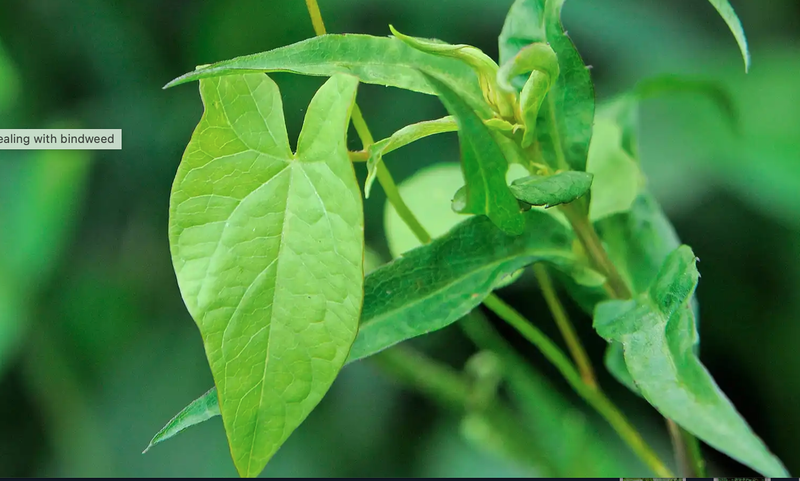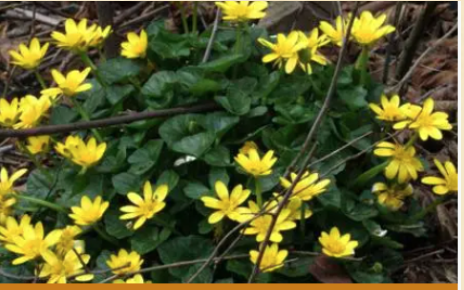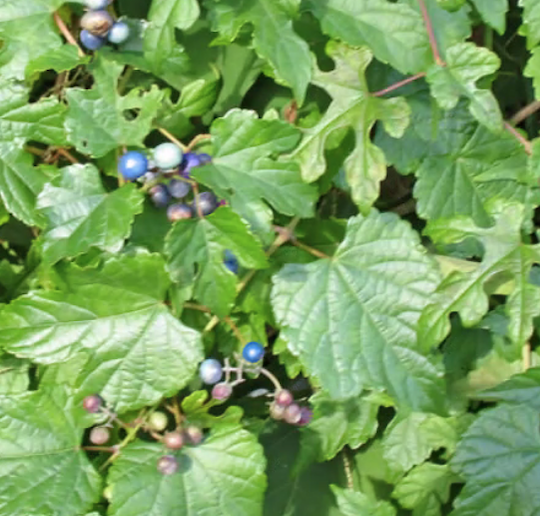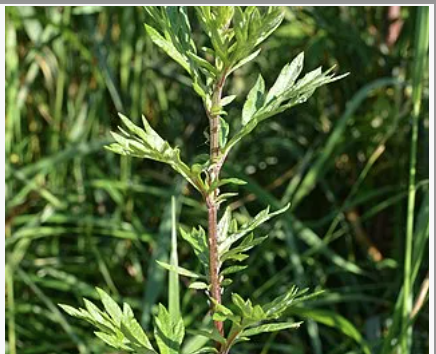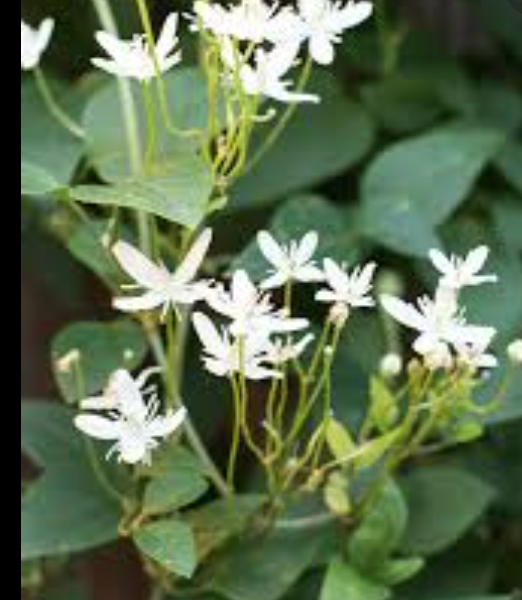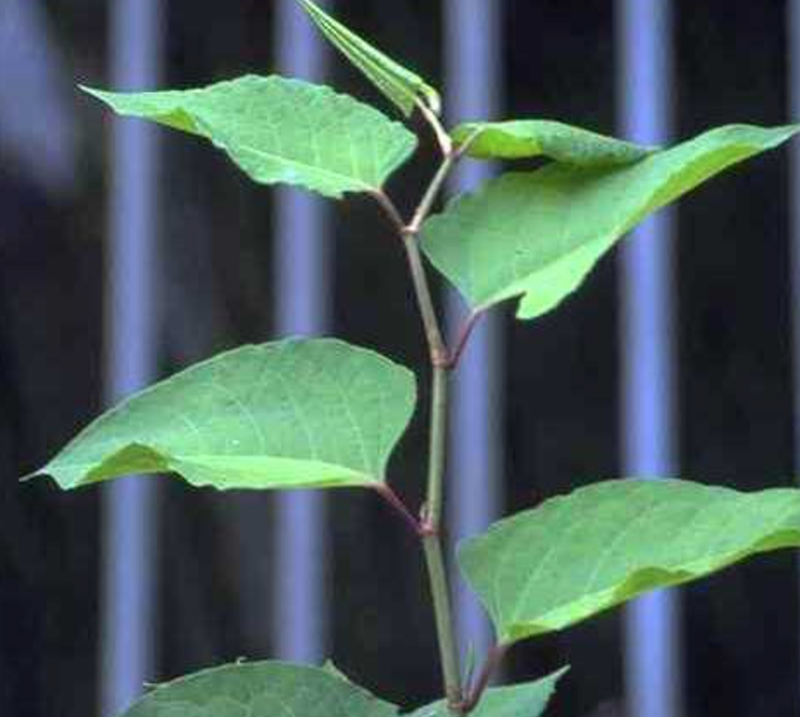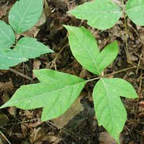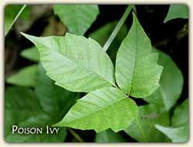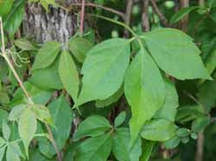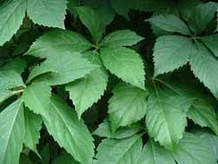Common Weeds to Keep Out of Gardens
Invasives Damaging to NYS Environment To Be Removed
RIGC stands with NYS’s decision to protect our environment and , therefore, forbids the planting and requires the removal of the below- listed plants
While we understand that this process may take some time, we expect complete removal of the below listed plants by the end of the 2023 season and then ongoing.

To Learn More:
1) Click here for a pdf about prohibited invasive plants that explains how they take over New York's natural forests and wetlands.
2) You will also find very helpful information at this site below.
Go to Long Island and Lower Hudson web pages for our area.
NEW YORK INVASIVE SPECIES (IS) INFORMATION
New York State's gateway to science-based invasive species information
3) To begin to understand more about why our actions are important and learn about what to do, please watch or listen to this excellent video.
#NYSDEC #environmentalconservation #invasives
Uninvited: The Spread of Invasive Species
1) Click here for a pdf about prohibited invasive plants that explains how they take over New York's natural forests and wetlands.
2) You will also find very helpful information at this site below.
Go to Long Island and Lower Hudson web pages for our area.
NEW YORK INVASIVE SPECIES (IS) INFORMATION
New York State's gateway to science-based invasive species information
3) To begin to understand more about why our actions are important and learn about what to do, please watch or listen to this excellent video.
#NYSDEC #environmentalconservation #invasives
Uninvited: The Spread of Invasive Species
IDENTIFYING COMMON NATIVE VINES
Poison Ivy Vine or Virginia Creeper Vine? Two Native Plants in NYS
Courtesy RIGC Member John Dougherty
There has been some genuine Poison Ivy spotted in the community garden and there is certainly some growing wild on island. But how can you tell if it's poison ivy or just juvenile Virginia Creeper, which looks very similar? Here are some tips on identification:
Here are two examples of Poison Ivy.
- Poison Ivy has 3 leaflets per leaf. The two side leaflets are closely attached to the stem while the middle leaflet has a longer attachment.
- (The stems are often red, too.)
- Some young Virginia Creeper also has 3 leaflets, but if you follow it back to the stem, you will find other leaves with 5 leaflets.
- Poison Ivy has one or two deep notches on the side of each leaflet, like an ivy. And Virginia Creeper has serrations, more like an elm leaf.
- Poison Ivy has flatter, veiny leaves; Virginia Creeper leaves are more pillowy.
Here are two examples of Poison Ivy.
Here below are two examples of Virginia Creeper. Virginia Creeper is a wonderful vine which is a host plant for pollinators. Many moth caterpillars feed on its leaves and in turn the moths help with pollination of flowers and vegetables in our garden. It turns beautiful red colors in the fall. It is easy to grow and easy to prune back if it gets too large.


